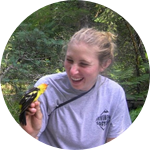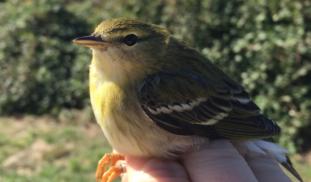93
0
0
Like?
Please wait...
About This Project
Thank you to our backers for $5600! We actually need up to $24000 - please keep donating! In the fall, most birds must pause to refuel at stopover sites where they consume fruits that are rich in antioxidants and fat. The ability of a bird to refuel may affect its ability to continue or successfully complete a migration. Our project will examine how condition (e.g. antioxidant and fat stores) on stopover may affect the behavioral decisions birds make during migration.

Browse Other Projects on Experiment
Related Projects
Using eDNA to examine protected California species in streams at Hastings Reserve
Hastings Reserve is home to three streams that provide critical habitat for sensitive native species. Through...
City smart: Are cities making birds smarter?
One cannot go to Florida and miss the White Ibises roaming golf, park and private lawns. But how does a...
How do polar bears stay healthy on the world's worst diet?
Polar bears survive almost entirely on seal fat. Yet unlike humans who eat high-fat diets, polar bears never...

